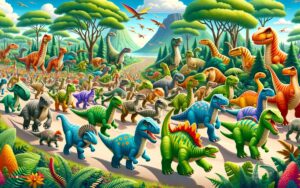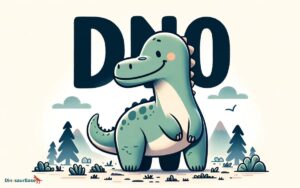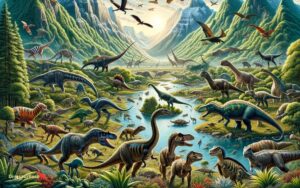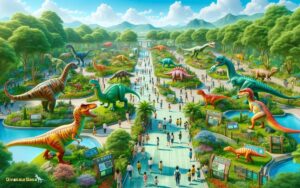How Does a Dinosaur Really Look Like in Real Life?
Dinosaurs were diverse, with varying features like sharp teeth, long tails, and unique body structures. Their exact appearance is deduced from fossils, including bone and skin impressions.
Discovering the true appearance of dinosaurs has fascinated scientists and enthusiasts for generations.
Our insights into their real-life looks stem from extensive paleontological research, analyzing fossils and interpreting biological clues left behind. Dinosaurs, which roamed the Earth millions of years ago, varied widely in size, shape, and behavior.
While no one has seen a living dinosaur, scientific reconstructions depict creatures covered in scales, feathers, or a combination of both. Vivid illustrations and life-sized models try to capture the essence of these magnificent beasts.
With advances in technology, our understanding of their appearance continues to evolve, bringing us closer to envisioning dinosaurs as they might have been.
Despite the mysteries that remain, ongoing studies and discoveries ensure that these prehistoric giants continue to captivate our curiosity and enrich our knowledge of the natural world.
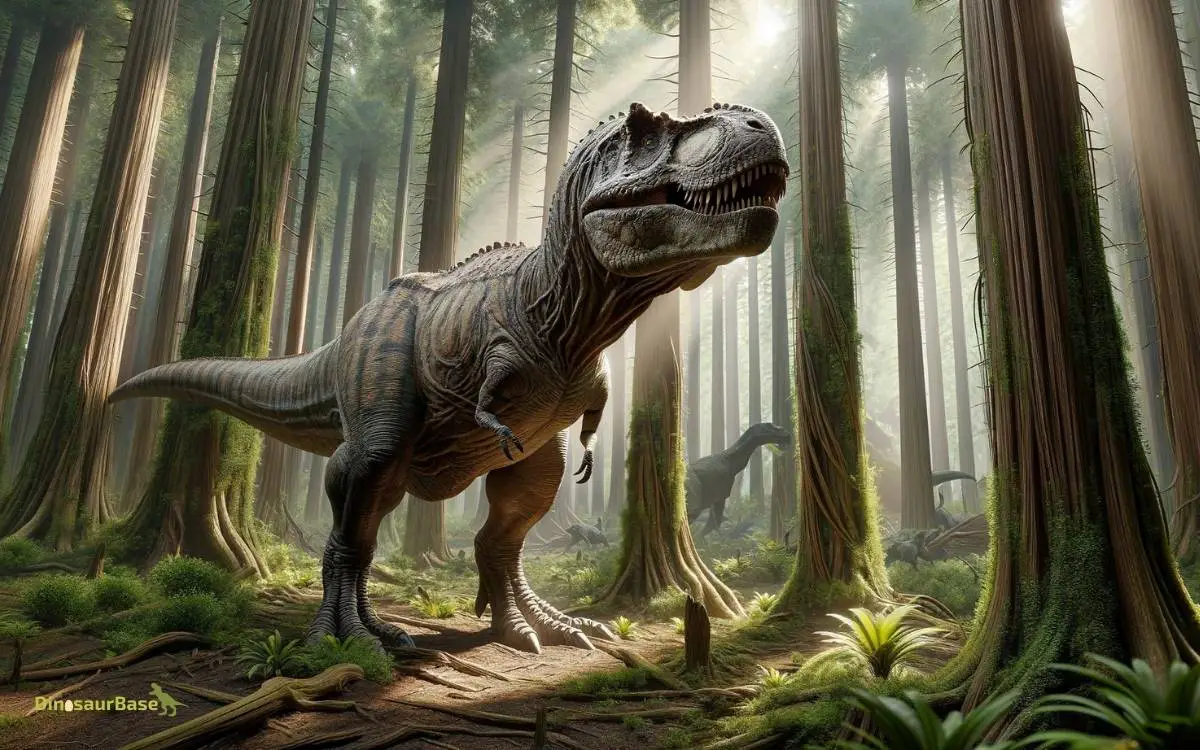
Myths And Reality
Dinosaurs roamed the Earth millions of years ago. Images of these creatures fill our screens and books. Yet, what they truly looked like sparks endless curiosity. This journey unravels the layers between myths and reality.
Pop Culture Depictions
Films and games often show dinosaurs with scary roars and colorful scales. These depictions make them feared predators. But these images may not be accurate. They are built to capture attention, not to teach science.
For instance, the ‘Jurassic Park’ franchise presents the Velociraptor as a large, menacing hunter. In reality, they were much smaller and likely had feathers. This difference shows the gap between entertainment and facts.
Scientific Evidence
Scientists dig deep into the past. They rely on fossils to guide their understanding. Bones, teeth, and occasionally skin impressions help paint a picture of their true appearance.
- Size and Shape: Skeletons reveal the actual size. Dinosaurs ranged from the size of pigeons to the giants like Argentinosaurus.
- Skin: Some fossils show skin textures. Patterns suggest some had scales, while others may have had feathers or prickly spines.
- Colors: Recent findings hint at possible colors. Microscopic structures in the fossils resemble those that give birds their hues today.
These scientific clues offer a more realistic view of these ancient creatures. They may not match the beasts on our screens, but they are fascinating in their own right. Each discovery brings us closer to understanding how dinosaurs really looked.
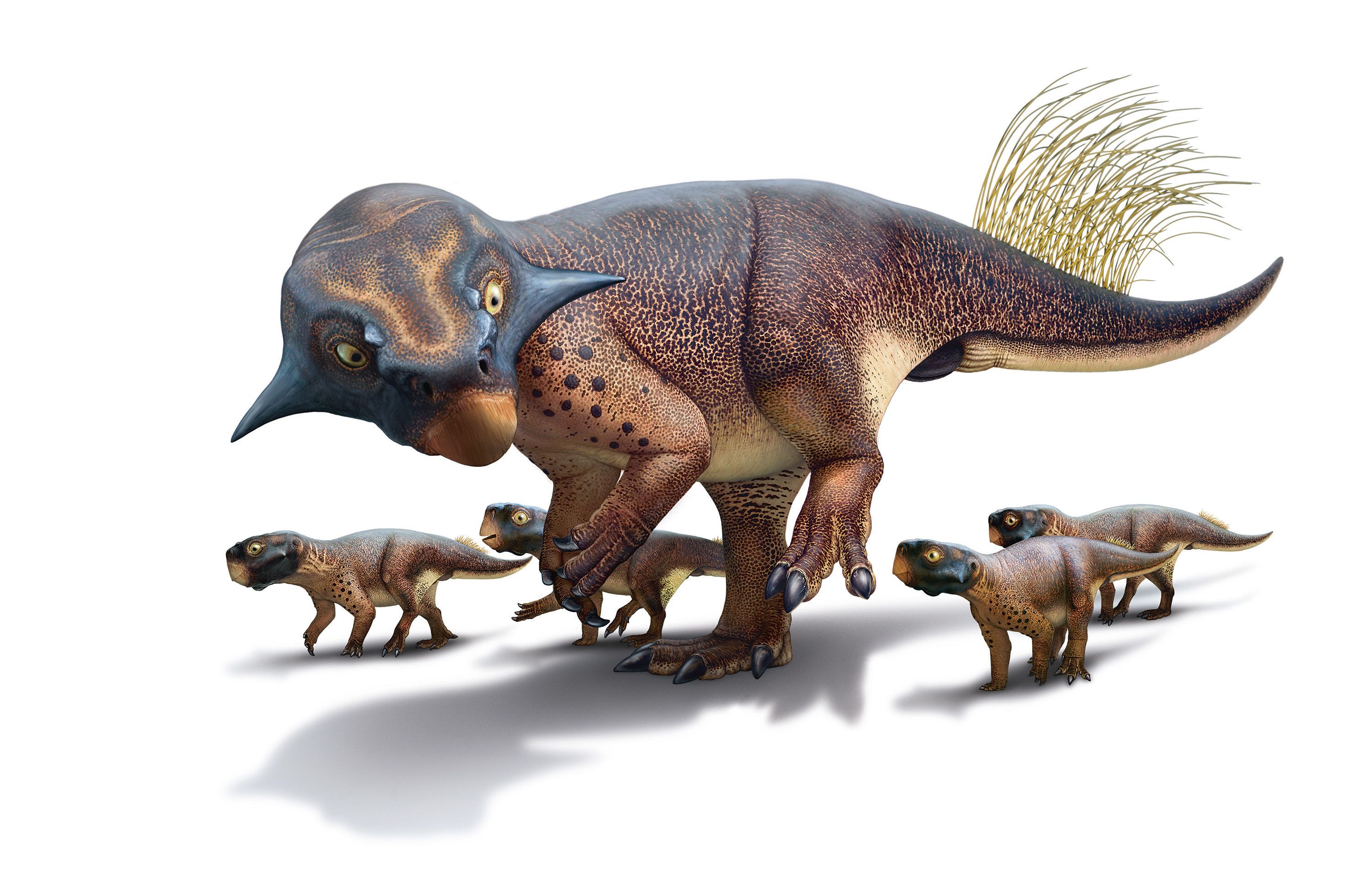
Credit: www.cnn.com
Fossil Clues To Appearance
Imagine a world where giants walked the Earth. Fossils provide a window into this ancient past. They reveal the true form of dinosaurs. We use bones and more to picture these creatures. Let’s uncover these clues together.
Skeletal Structures
Dinosaur bones are like a puzzle. We put them together to build a skeleton. Each bone tells us about the dinosaur’s size and shape. Did it walk on two legs or four? Were its arms long or short? Here are some key points:
- Skull size and teeth suggest diet and behavior.
- Leg bones hint at speed and movement.
- Arm bones reveal if a dinosaur could grab or not.
Skin Impressions
Not just bones, we find dinosaur skin too! Sometimes mud and rock preserve skin patterns. These impressions show us if the dinosaur had scales, feathers, or something else. Here’s what we’ve found:
| Dinosaur | Skin Feature |
|---|---|
| Tyrannosaurus rex | Small, bumpy scales |
| Hadrosaur | Large, ridged scales |
| Velociraptor | Possible feather quill knobs |
Each piece adds to our picture of these amazing animals. We piece them together with care. This way, we inch closer to seeing the true face of the past.
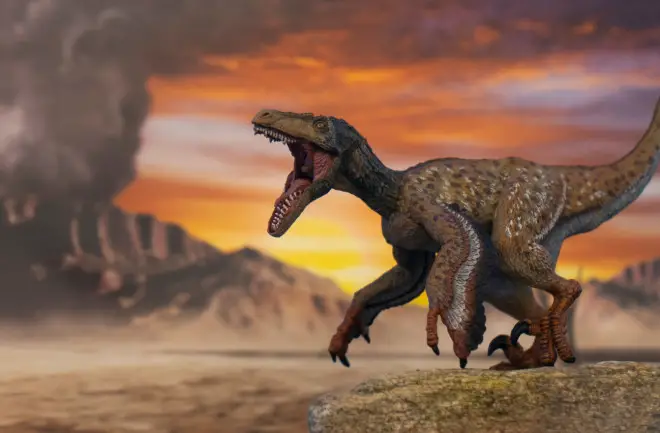
Coloration Theories
Think about dinosaurs and a particular image forms in your mind. But were dinosaurs really how we picture them?
Scientists work to answer this. One puzzle piece for this big question is their color. Let’s dive into coloration theories.
Melanosomes And Pigments
Color clues hide in tiny structures called melanosomes. These are found in fossilized dinosaur feathers. Just like with birds today, these structures hint at past dino colors. Research suggests some dinosaurs had vivid colors, much like parrots.
Comparisons With Modern Animals
Looking at living creatures helps scientists guess dino colors. Creatures like birds are modern relatives of dinosaurs. Their colors give us ideas about possible dinosaur shades.
Looking at living creatures helps scientists guess dino colors. Creatures like birds are modern relatives of dinosaurs. Their colors give us ideas about possible dinosaur shades.
| Living Creature | Feature | Dinosaur Color Insight |
|---|---|---|
| Birds | Feather hue | Suggest bright colors for dinosaurs |
| Reptiles | Skin patterns | Implies striped or spotted dinosaurs |
| Amphibians | Skin color changes | Indicates possible color-changing dinos |

Credit: m.youtube.com
Integrating Behavior And Habitat
Imagine walking through an ancient forest and seeing a real-life dinosaur. This concept isn’t just about size or color. It’s about how they moved in their world.
To truly picture dinosaurs, we need to think about their behavior and where they lived. Let’s dig into how these prehistoric giants fit into their environment and how they behaved.
Ecological Niches
Dinosaurs lived everywhere – from lush forests to arid deserts. Each species had its own ecological niche. This term describes how a species fits within an ecosystem and interacts with others.
- Water Dwellers: Some dinosaurs lived near water, using it to hunt or hide.
- Tree Grazers: Tall ones, like the Brachiosaurus, reached high into trees for food.
- Scavengers: Others feasted on what was left by predators.
Behavioral Adaptations
Behavioral adaptations helped dinosaurs survive. Powerful legs, sharp teeth, or long necks weren’t just random. They shaped how dinosaurs lived.
| Dinosaur | Adaptation | Behavior |
|---|---|---|
| Velociraptor | Clawed Feet | Hunted in packs |
| Triceratops | Horned Face | Defended against predators |
| Stegosaurus | Spiked Tail | Fought off attackers |
Think of the Stegosaurus with its spiked tail, swinging it back and forth for protection. Or the packs of Velociraptors hunting together with impressive speed and coordination. These behaviors show us more than bones ever could.
Technological Advances In Study
The past roars to life with cutting-edge technology in dinosaur research. Imagine giants walking the Earth millions of years ago. But how do we know what they looked like?
Technology lets us peek into the past. It turns fossils into living creatures right before our eyes. This part of the blog dives into the tech that rebuilds these mighty beasts.
Paleoart And Reconstruction
Paleoart is part art, part science. It brings dinosaurs back to life on paper and screens. Artists work with scientists to make sure each detail is right. They consider bones, habitats, and even skin texture.
- Research on muscles and movement
- Use of colors and patterns found in modern reptiles and birds
- Comparative anatomy to fill in the gaps
This teamwork sparks our imagination. Artists show us dinosaurs in action. They might be hunting, nurturing young, or surviving harsh weather. Paleoart makes science feel real.
Digital Modeling And Simulation
Today, computers join the quest. Digital modeling shapes our views of dinosaurs. It uses software to build 3D models. With simulations, we watch these creatures move. It feels like a window to ancient times.
We see how a T-Rex walked or how a Stegosaurus swung its tail. This tech uses:
| Technology | Purpose |
|---|---|
| 3D Scanners | Digitize real fossils |
| Animation Software | Create life-like movements |
| Physics Engines | Test how dinosaurs interacted with their environment |
These tools help scientists test theories. They provide insights into dinosaur behavior, health, and even their demise.
Both paleoart and digital tools are powerful. They transform fossilized bones into dynamic beings. We gain a vivid image of the past.
Ongoing Debates And Discoveries
Our understanding of dinosaurs evolves with each newfound bone and fossil imprint. The image of these magnificent creatures undergoes constant revision as scientists dig deeper into the ancient past.
Feathers Vs Scales
The debate about dinosaurs’ outer appearance has taken a dramatic turn. Once portrayed as scaly giants, evidence suggests some dinosaurs may have had feathers.
This revelation comes from well-preserved fossils showing feather-like structures alongside dinosaur skin imprints.
- Velociraptors and their kin are now often depicted with coats of feathers.
- Arguments persist over which species had feathers and which had scales.
- Some scientists propose a combination, with feathers for temperature regulation and display.
New Fossil Discoveries
Exciting new finds are helping us flesh out the dinosaur family tree. As paleontologists unearth more specimens, our picture of these ancient animals becomes clearer.
- Fossils with skin imprints offer clues to the texture and pattern of dinosaur skin.
- Bones with preserved soft tissues provide insights into muscle structure and function.
- Breakthroughs in imaging technology are revealing hidden details within fossils.
| Location | Discovery | Impact |
|---|---|---|
| China | Feathered Dinosaurs | Shifted the image from scaly to feathered |
| Argentina | Giant Titanosaur Bones | Challenged size estimates |
Each discovery prompts a reassessment of what we know about these ancient reptiles. These findings help sculpt a more accurate representation of dinosaurs in their natural habitat.
Frequently Asked Questions Of How Does A Dinosaur Really Look Like In Real Life?
What Did Dinosaurs Actually Look Like In Real Life?
Dinosaurs varied greatly in shape, size, and color. They had scales, with some species possessing feathers. Skin color remains largely speculative but likely ranged from muted to bright colors, aiding in camouflage, display, or temperature regulation.
What Did Dinosaurs Actually Look Like 2023?
As of 2023, scientists believe dinosaurs had varied appearances, often with feathers, scales, and distinct colors that reflect diverse habitats and behaviors. Advanced imaging techniques continuously refine our understanding of their physiques and coloration.
How Does The Dinosaurs Look?
Dinosaurs were diverse, ranging from the small, feathered Velociraptor to the massive, long-necked Brachiosaurus. They had scales, claws, and varied in shape and size.
Will We Ever See Real Dinosaurs?
Real dinosaurs became extinct millions of years ago and cannot be seen today. Reviving them, as depicted in science fiction, is currently impossible due to technological and ethical limitations.
Conclusion
Unveiling the true appearance of dinosaurs has been an awe-inspiring journey. Through fossil clues and scientific advancements, the once alien-like creatures gain familiarity. It’s a vivid reminder of nature’s past masterpieces. Let’s keep exploring, imagining, and learning, as these magnificent beasts never cease to amaze us.

